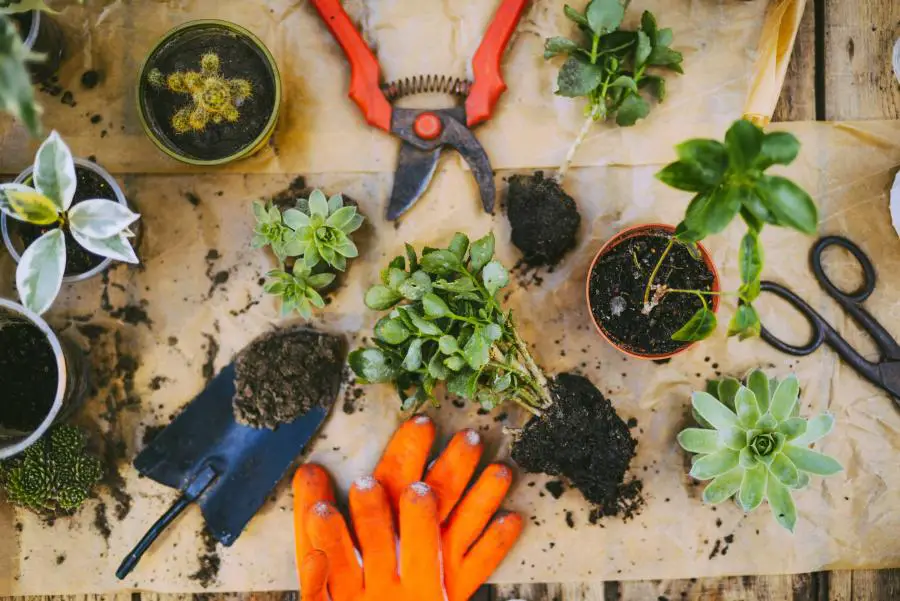One of the biggest benefits of a composting toilet is that you can use the compost in your garden.
However, you might have heard that the compost shouldn’t be used in all the same ways as regular compost because it can potentially contain harmful bacteria.
I answer the question: what to do with compost from a composting toilet?
How to use compost from a composting toilet?
Just like regular kitchen compost, your human waste compost will be full of healthy nutrients that can be used for soil amendment and mulching.
Before you use the compost, make sure to check if it’s definitely ready.
It should have an earthy soil-like smell and texture, and you shouldn’t be able to see any chunks of the covering material you used.
In short, you can use the compost from your toilet for all the things you’d typically use standard compost for, minus using it on anything edible or on land you don’t own.
Let’s take a look at the options in more detail.
Spread on your lawn
The compost would make a great addition to your lawn and keep it looking healthy.
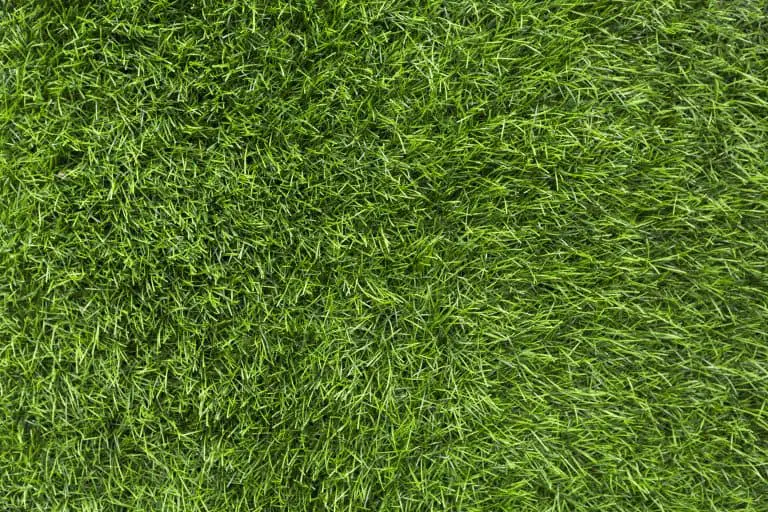
You can incorporate the compost into the top 2 or 3 inches of soil before reseeding grass where bald patches are present.
Or you can simply sprinkle a layer about ½ an inch thick over the whole lawn. This will help prevent any bald spots in the future and improve the structure of your grass.
Maintaining flower beds
The compost can be added to your flower beds to help keep your perennials flowering year after year.
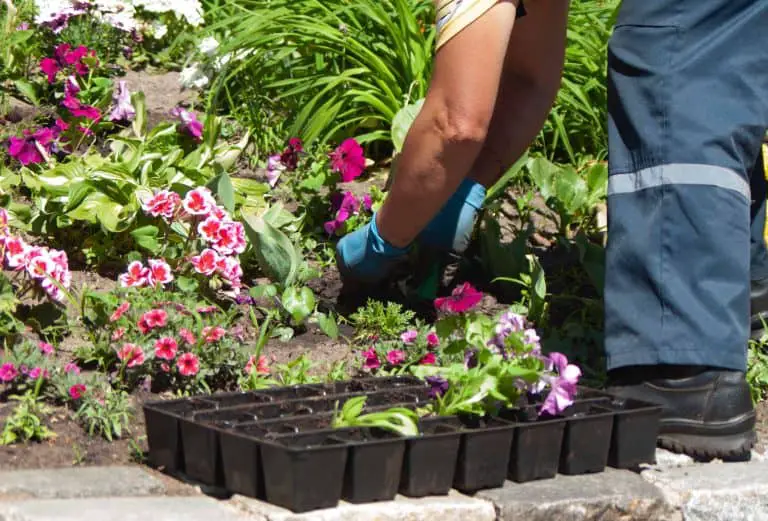
Integrate around one inch of compost to the top layer of soil and then use another inch as mulch. The mulch will protect your flowers from extreme temperatures and help the soil retain moisture.
Use around trees and shrubs
Spreading compost as mulch around trees and shrubs is an excellent way to prevent weeds from popping up.
Covering the layer of compost with something like dry leaves or wood chips from a chipper shredder will prevent it from being blown away by the wind.
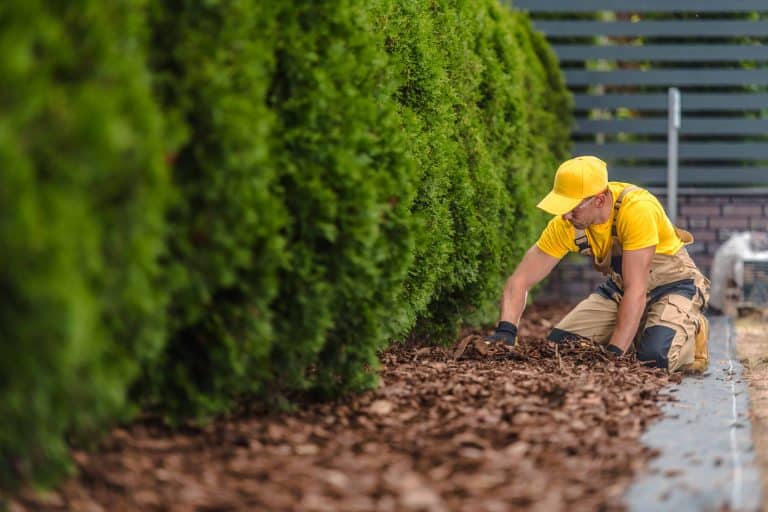
You’re aiming to feed the tree’s roots so lay the compost all the way up to the drip line of the tree (the outermost edge of the leaves).
Avoid spreading any compost directly onto the bark of the tree or very close to the base as this can cause rot.
Create potting soil
As potted plants grow, they deplete the soil of vital nutrients.
Adding compost helps to replenish these nutrients.
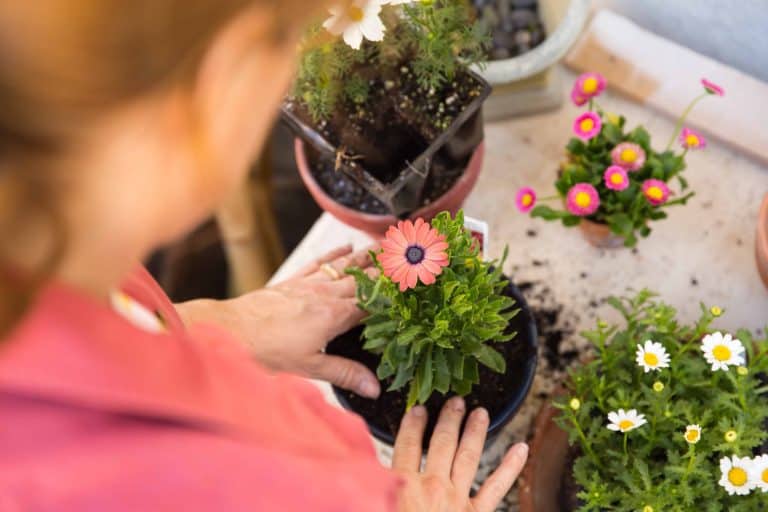
Aim for the potting mixture to be about 10-20% compost.
Or, if you’re adding the compost to plants you’ve already plotted, just put around an inch on top and the nutrients will naturally soak into the soil below.
Make compost tea
Compost tea, otherwise known as black gold, is one of the best ways to transfer the goodness from your compost into your plants.
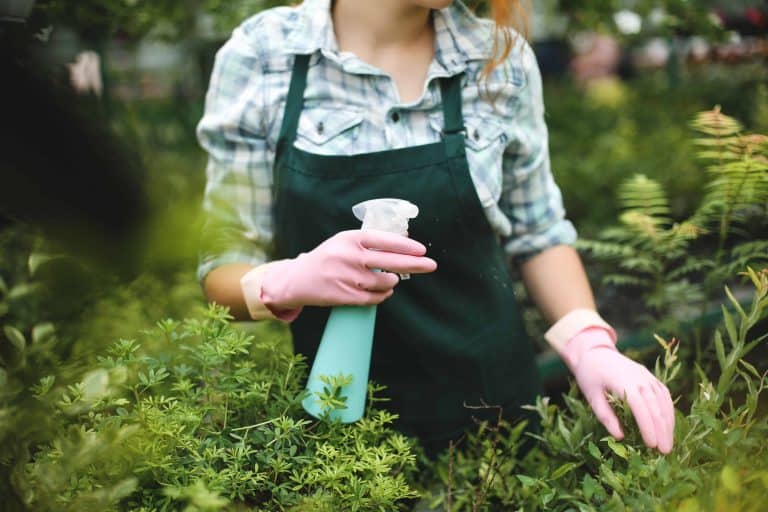
To make the liquid fertilizer, you have to steep your compost in water. You can then pour it on your soil or spray it directly onto the leaves of your plants.
What not to use the compost for
Anything edible
It’s best to avoid using your compost on anything you plan to consume. This will prevent any dangerous microorganisms from making their way into your food.
Near water sources
Similarly, to stop any pathogens from entering the waterways, it’s advisable to keep the compost away from places where it could leach into water sources.
Giving it to someone else / using on land you don’t own
Due to the associated risk, there are strict guidelines about this.
You might find that you’ve unintentionally done something wrong if you share your composting toilet compost.
I recommend checking with your local council in regards to their rules around using compost made from human waste.
Why can’t you use it like regular compost?
Human faeces contains potentially deadly bacteria and pathogens such as E. Coli. This is the main reason that lots of people never use their humanure on edible plants.
Compost from a composting toilet is only safe to use as regular compost once you’re sure all these bacteria have been killed.
Although technically these microorganisms can be successfully broken down, this process takes hard work and meticulous monitoring, or a very long time.
To successfully kill all the bacteria contained in feces your compost pile needs to reach temperatures between 130-140 degrees Fahrenheit, and then maintain these over several consecutive days.
Next, to speed up the process some people recommend turning the compost and repeating until you’ve exposed every part of the compost to these conditions.
A typical cycle would follow the path shown in the graph below. The temperature reductions indicate when the pile was turned, however, as you can see the compost quickly heats up again.

Reaching and maintaining these sorts of temperatures can be tricky, even for an experienced composter. It requires a careful balancing of the components you add to the compost pile, as well as the conditions surrounding it.
After going through this process, it’s recommended you leave the compost pile for up to two years as an extra precaution so the whole operation can take around 3 years to complete.
Even then, the majority of gardeners wouldn’t use the compost on edible plants, just to be safe.
If you don’t plan on using the compost for the things we’ve suggested to avoid, then you can be less cautious.
Don’t forget about the pee
If you have a waterless toilet that separates the liquid and solid waste, then you can ustilise the urine as fertilizer.
Urine is high in nitrogen and is very beneficial for plants.
Because it’s so concentrated its best to dilute the pee before use, add 5-10 parts water for each part urine. Then feel free to sprinkle it around your soil where the plants will soak up all the nutrients.
Summary
I’ve outlined six ways to use compost from a composting toilet.
I hope these ideas help you put your well-earned compost to good use.
